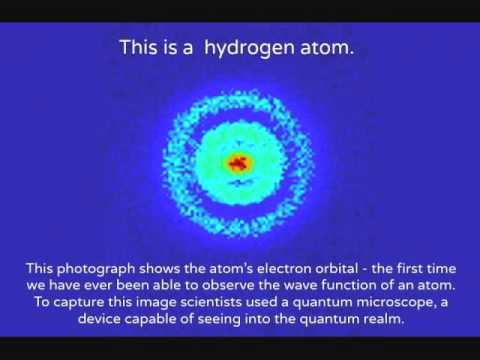Battle of Forces
 Estimate the ratio of the electrostatic force to the gravitational force in a hydrogen atom.
Give your answer as an
order of magnitude
.
Estimate the ratio of the electrostatic force to the gravitational force in a hydrogen atom.
Give your answer as an
order of magnitude
.
The answer is 39.
This section requires Javascript.
You are seeing this because something didn't load right. We suggest you, (a) try
refreshing the page, (b) enabling javascript if it is disabled on your browser and,
finally, (c)
loading the
non-javascript version of this page
. We're sorry about the hassle.
2 solutions
G = G M m / r 2 , E = ( 1 / 4 π ε o ) Q 1 Q 2 / d 2 The two charges are the same, so 1 . 6 ∗ 1 0 − 9 Mass of ->>proton = 1 . 6 6 x 1 0 − 2 7 kg and electron = 9 . 1 x 1 0 − 3 1 k g . So the ratio of the electrostatic force to the gravitational force within the hydrogen atom = [ ( K Q 1 Q 2 / r 2 ] / G M m / r 2 , 2 cancle out so Ration= [ ( k Q 1 Q 2 ] / G M m = 9 x 1 0 9 ∗ ( 1 . 6 x 1 0 − 1 9 ) 2 ) / 6 . 6 7 x 1 0 − 1 1 ∗ 1 . 6 6 x 1 0 − 2 7 ∗ 9 . 1 x 1 0 − 3 1 = 2 . 3 x 1 0 3 9 so order of magntitude is 3 9
Mardokay, your latex's all messed up. Here:
^{-9}= − 9
\times = × [MAKE SURE TO LEAVE A SPACE AFTER \times]
\cdot = ⋅
\frac{A}{B}= B A
Hope this helped.
P.S. I don't know what's been wrong lately with the dot operator (\cdot) on Brilliant, but hope it'll get fixed.
Log in to reply
Ah, \cdot (alone) appears as a .
It is fine when used with other symbols though, like 3 \cdot 4 gives 3 ⋅ 4 . The issue is with the way we generated the image, which is tiny for \cdot, and hence gets displayed at the bottom.
The correct way of phrasing the question is "Estimate the ratio of the electrostatic force to the gravitational force in a hydrogen atom." The key here is "to." "Between" makes no sense (even if we get the idea, we don't know the ratio of what to what to take; it could be G vs. E or E vs. G (in which case the answer would've been -39)).
Hope this helps. Cheers